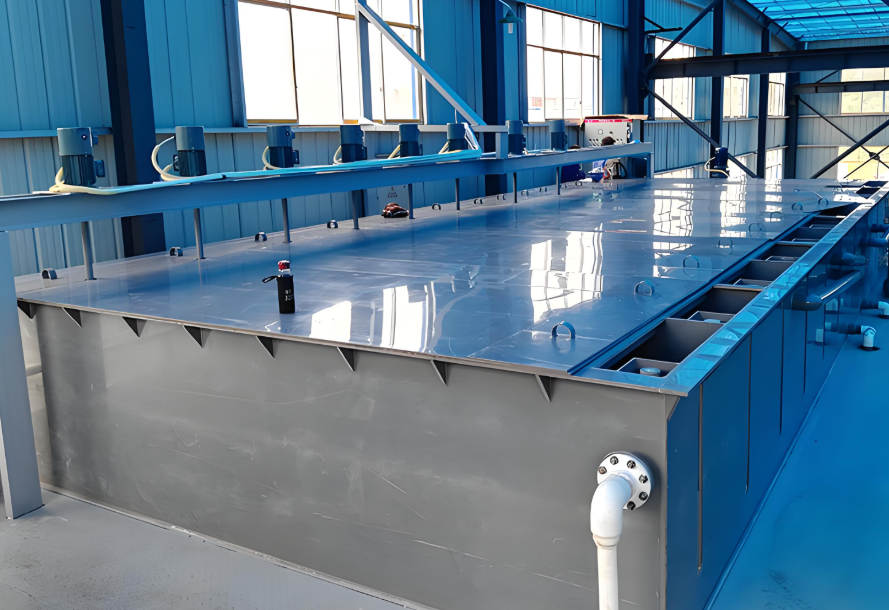NEWS&EVENTS
Home > News&Events > Company news > Working principle of stripping equipment in tantalum and niobium extraction process
As a technology leader in the extraction equipment industry, we understand that the stripping step in tantalum-niobium hydrometallurgical processes is crucial for product purity and production efficiency. Tantalum and niobium are important rare metals with similar chemical properties and are often found together in ores, making their separation and purification challenging. Wet extraction is the primary separation and purification method, and stripping equipment plays a key role in this process.
During the wet extraction process, the ore is acid-hydrolyzed, resulting in a solution that is treated with an extractant. Tantalum, niobium, and minor amounts of base metals (such as iron and manganese) are extracted into an organic phase. Stripping equipment then further processes the tantalum-niobium-laden organic phase to purify and recover the metals.

During stripping, the organic phase is washed with an acidic stripping agent (such as dilute sulfuric acid or hydrochloric acid). This process is based on the varying binding capacities of the metals with the extractant at varying acidity levels. Tantalum and niobium are more readily stripped at higher acidity levels, while base metals tend to remain in the organic phase at lower acidity levels. By controlling the acidity, concentration and flow rate of the stripping agent, the system can selectively transfer tantalum and niobium from the organic phase to the aqueous phase, achieving separation from impurity metals.
Furthermore, the stripping process relies not only on chemical reactions but also on efficient physical mass transfer and phase separation. Equipment typically utilizes various extraction devices, such as extraction tanks and centrifugal extractors, to enhance two-phase mass transfer through agitation or countercurrent contact, promoting the transfer of metal ions. Subsequently, the density difference between the two phases is exploited to separate the aqueous and organic phases.
Ultimately, the stripping aqueous phase is rich in high-purity tantalum and niobium, which can be further converted into metal products through precipitation and calcination. The organic phase can be recycled after regeneration, improving the cost-effectiveness and sustainability of the process.
In short, the stripping equipment achieves efficient purification of tantalum and niobium through the combination of chemical and physical methods, and is an indispensable key link in the wet extraction process.